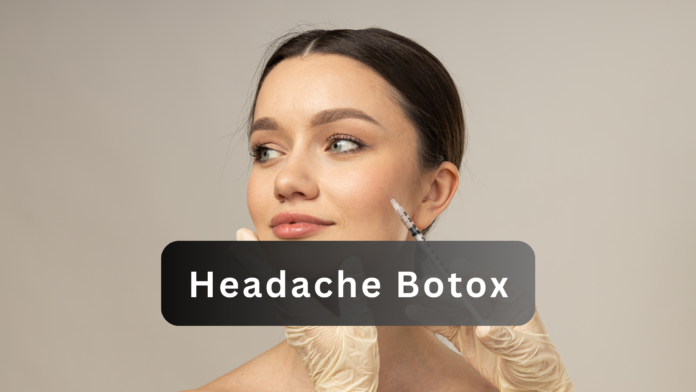This topic talks about how Botox could be used to treat tension headaches and regular migraines. It provides a thorough overview for anyone looking for headache relief including how Botox works, who qualifies for treatment, expected outcomes, and possible side effects.”
Getting relief from chronic headaches could become problematic. At the Migraine Surgery Specialty Center, we are aware of the aggravation involved in looking for workable, long-term answers. Headache botox is one of the treatment options many people are looking at; while mostly used for cosmetic purposes, it is now proven to help with migraines and headaches. Is Botox, then, a safe and successful headache treatment?
What Is Botox?
Short for Botulinum toxin, Botox is a neurotoxin that, in modest, regulated dosages may relax muscles and block pain signals. Originally meant for muscular spasms, Botox has since been used to treat other disorders like tension headaches and chronic migraines. Botox is a preventative treatment for many people as it blocks some chemical impulses, therefore preventing migraine headaches before they begin.
Does Botox for Tension Headaches Work?
Botox could be a fix for people suffering with tension headaches. Although poor posture or stress are commonly associated with tension headaches, Botox injections help to release the usual offenders, the tight muscles around the head and neck. Though individual differences exist, research and clinical experiences have demonstrated favorable outcomes that encourage many to view Botox as a reasonable therapy for tension headaches.
Who Qualify for Botox for Migraines?
One must fulfill specific requirements to be qualified for Botox for migraines. Generally speaking, the FDA advises Botox for those with chronic migraines—defined as 15 or more headache days per month—that each last four hours or longer. Should this reflect your experience, you could be eligible for this treatment. See a headache expert to find out whether Botox is appropriate for you and to go over any particular medical issues that could affect your eligibility.
How Long Does It Take for Botox to Decrease the Amount of Migraines?
Botox for persistent migraines takes time to work; it is not a quick fix. Two to four weeks following their initial treatment, most patients find changes. For best outcomes, though, a sequence of treatments is usually advised—usually separated approximately every 12 weeks. Many people discover that over time, regular therapy greatly lowers the frequency and intensity of migraines, providing much-needed respite.
Side Effects of Botox for Headaches
Botox has possible negative effects, just like any medical therapy. Typical adverse effects at the injection site are minor bruising, moderate muscular weakness, and neck discomfort. Usually transient, these side effects go away a few days to a week. Though these occurrences are rare, some people may have more severe responses like problems eating or breathing. Before we start, our staff will make sure you are well informed about any hazards.
Finally
When injected by trained experts, Botox can be a safe and successful therapy for tension headaches and persistent migraines. Should your treatment plan include headache botox, Migraine Surgery Specialty Center is here to walk you through the procedure. We want to support you on your road to a headache-free life by letting you know whether you qualify or not for Botox for migraines and control your expectations about outcomes.
